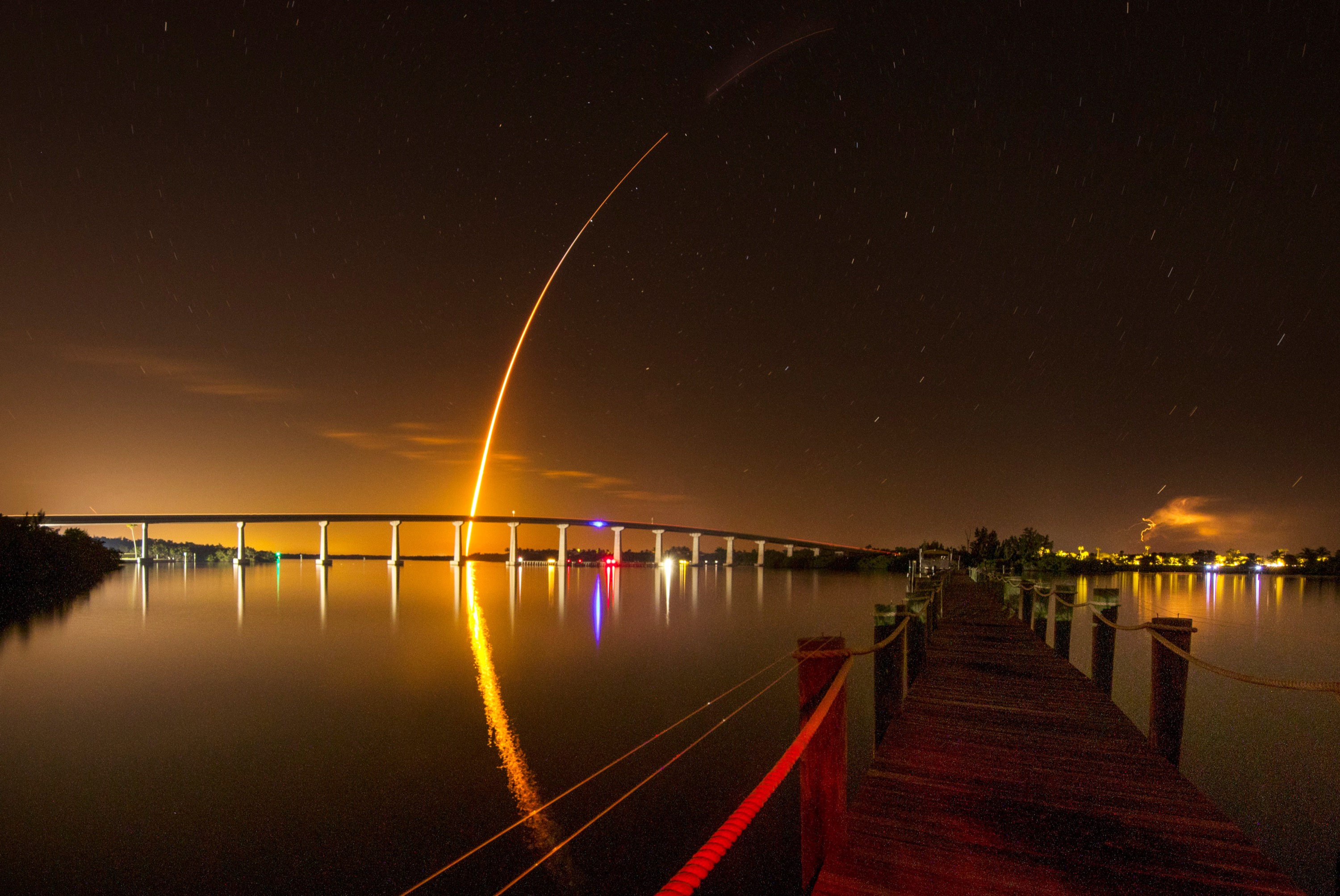- At 2:49 a.m. ET on Saturday, SpaceX launched Crew Dragon – a commercial spaceship designed for NASA astronauts – into orbit for the first time.
- No people are on board, just cargo and a crash-test dummy, but NASA said it’s “a very critical mission” for proving the vehicle is safe to fly humans.
- Crew Dragon will attempt to dock with the International Space Station on Sunday then return to Earth on Thursday.
CAPE CANAVERAL, Florida. – Under the cover of night and the glow of nine car-size rocket engines, a new era for US spaceflight has lifted off from Kennedy Space Center.
At 2:49 a.m. ET on Saturday, SpaceX, the aerospace company founded by Elon Musk, rocketed its Crew Dragon spaceship into orbit for the first time.
The maiden flight of Crew Dragon marks the first time ever that a commercial spaceship designed for humans has left Earth. More importantly, it’s the first time in eight years that any American spaceship made for people has been launched into orbit.
The seven-person space capsule is designed for NASA astronauts, but no people are flying on board right now. Instead, the roughly six-day-long demonstration mission, called Demo-1, is bringing 400 lbs of cargo and a female crash-test dummy named “Ripley” to the International Space Station (ISS).
However, the stakes couldn't be higher: Ever since NASA retired its fleet of space shuttles in July 2011, the US has relied on Russian rockets and ships to taxi astronauts to and from the ISS.
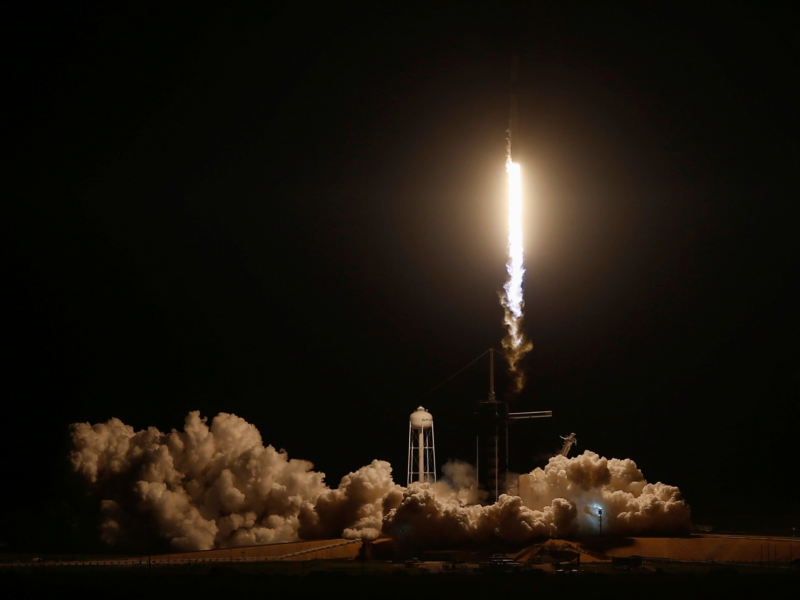
William Gerstenmaier, NASA's associate administrator for human exploration and operations, has called Demo-1 "an absolutely critical first step" toward "eventually returning crewed launch capability back here to the US."
Read more: NASA named these 9 astronauts to fly SpaceX and Boeing's spaceships for the first time
Crew Dragon rode into space atop a roughly 23-story-tall Falcon 9 rocket. The vehicle launched Launch Complex 39A - a historic site from which Apollo astronauts launched to the moon and space shuttles sent up major sections of the ISS.
Next, Crew Dragon must successfully dock with the football-field-size orbiting laboratory, drop off its cargo, then return its artificial passenger back to Earth over the next week.
If that all goes well, SpaceX could launch its first flesh-and-blood crew members - NASA astronauts Bob Behnken and Doug Hurley - as soon as July.
Why NASA needs SpaceX's spaceship
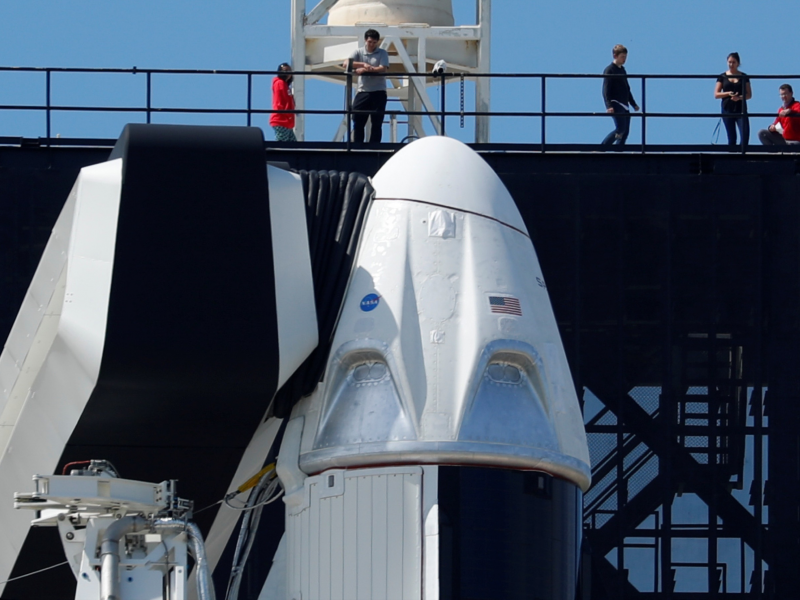
Demo-1 is part of a larger, roughly $8 billion effort called the Commercial Crew Program Program that aims to spur two companies - SpaceX and Boeing - to build commercial vehicles that can fly astronauts. NASA has given SpaceX and Boeing cash, expertise in human spaceflight, and the honor of restoring American pride.
Both companies have faced years of delays in building and testing the spacecraft due to funding, engineering challenges, and safety concerns. But SpaceX was the first to receive a "go" from NASA, following almost a decade of work with the agency.
"Demo-1 is a flight test, it absolutely is, although we view it also as a real mission, a very critical mission," Kirk Shireman, who manages the space station program at NASA's Johnson Space Center, said during a briefing before the launch. "The ISS still has three people on board, and so this vehicle coming up to the ISS for the first time - it has to work."
SpaceX is no stranger to space-station deliveries, however. The rocket company got its start with NASA in 2010 by developing an uncrewed Dragon cargo spaceship, which has now successfully flown to the ISS 16 times. Dragon's success was part of the reason NASA awarded SpaceX a $2.6 billion contract in 2014 to develop and certify its Crew Dragon capsule.
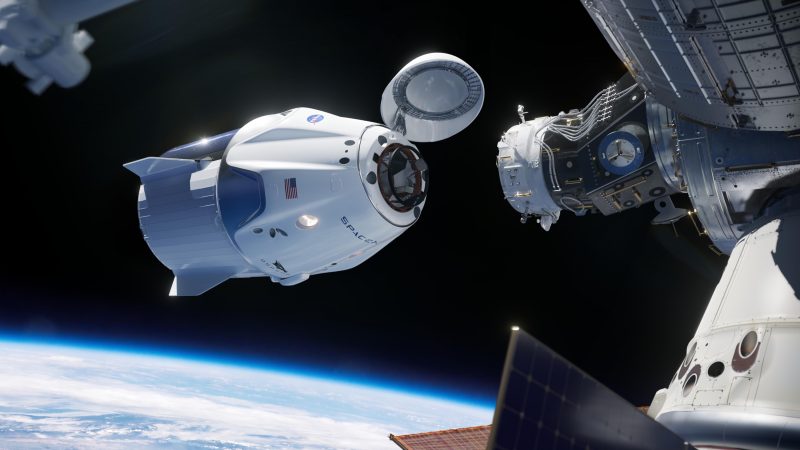
Once it's astronaut-ready, the plan is for SpaceX to launch six operational missions to the space station.
"This is a critically important event in American history," Jim Bridenstine, NASA's administrator, told reporters on Friday. He was standing before Behnken, Hurley, and other astronauts slated to fly on Crew Dragon. "We're on the precipice of launching American astronauts on American rockets from American soil again for the first time since the retirement of the space shuttle in 2011."
Demo-1 has just begun
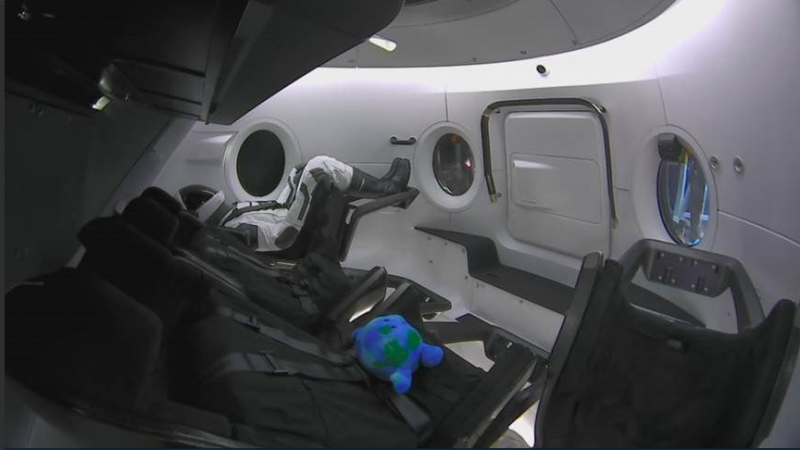
The Crew Dragon spaceship that launched today is now making its way to the space station.
Kathryn Lueders, the manager of NASA's Commercial Crew Program, said the flight is "an invaluable exercise to learn, in the space environment, how these systems will be working" before any attempts to launch people.
Read more: Here's what Crew Dragon must do to prove it's safe to fly astronauts
Crew Dragon's avionics systems and on-board thrusters will attempt to navigate the spaceship to the ISS by around 3:30 a.m. ET Sunday. Once it arrives, a few hours of flying around the space station and docking with it will start. By 8:30 a.m. ET, the astronauts who are currently on board the space station hope to open Crew Dragon's hatch.
The astronauts will unload the 400 lbs of cargo and say goodbye to Ripley the mannequin, then close the hatch on Thursday. Crew Dragon will then undock itself from the space station starting around 2 a.m. ET on Friday and begins its journey home.
The biggest moment in the mission will arrive around 7:30 a.m. ET on Thursday, when Crew Dragon will fire its engines to slow down enough to fall back to Earth, then try to land in the Atlantic Ocean.
Throughout all these steps, SpaceX and NASA will be listening and logging critical information about the flight.
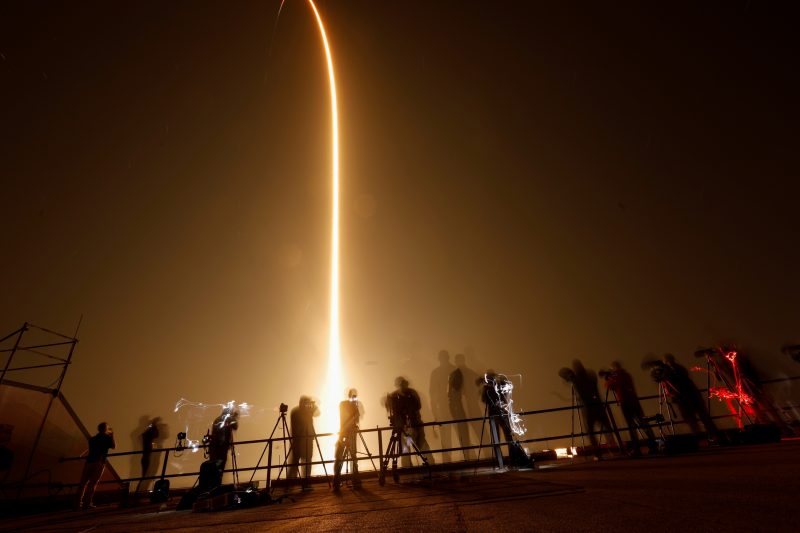
"We've done tons of water-landing testing, parachute testing - all of these individual pieces. But actually having a reentry with Ripley in the seat, in the position is critical," Lueders said. "We've instrumented the crap out of this vehicle."
That data collection will help engineers model the spacecraft's real-world behavior in detail, revealing any potential issues that need to be fixed.
"I guarantee everything will not work exactly right, and that's cool, that's exactly what we want to do," Gerstenmaier said before the launch. "We want to maximize our learning so we can get this stuff ready, so when we put crew on, we're ready to go do a real crew mission."
If the mission somehow fails, it's unlikely to mean the end of SpaceX's work in the Commercial Crew program.
"It's a first flight of a system that is designed for one of the most complex things we do, which is carrying humans safely into space," John Logsdon, a spaceflight historian at George Washington University's Space Policy Institute, told Business Insider. "The chances of everything going perfectly the first try are not anywhere near 100%."
This story has been updated.

